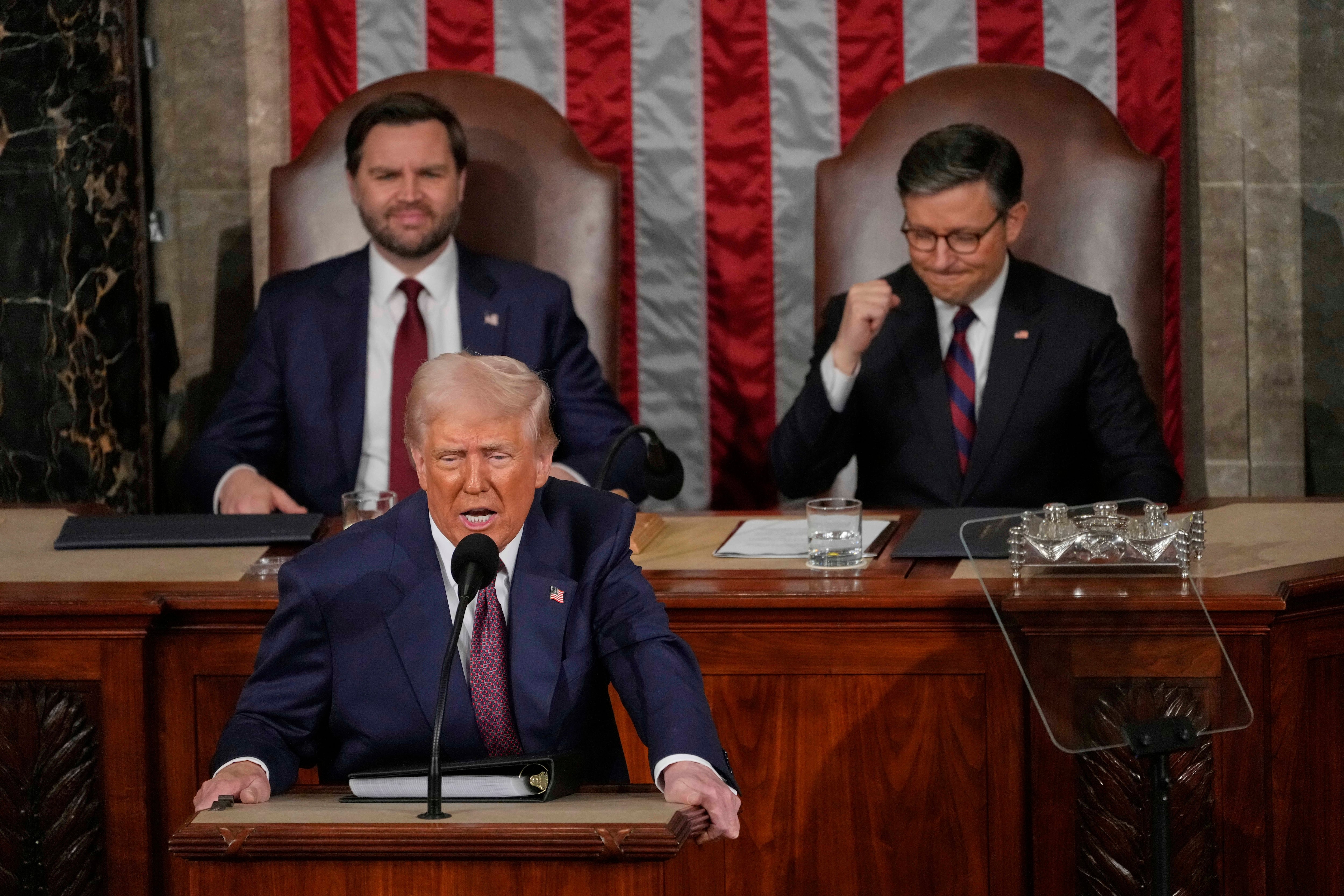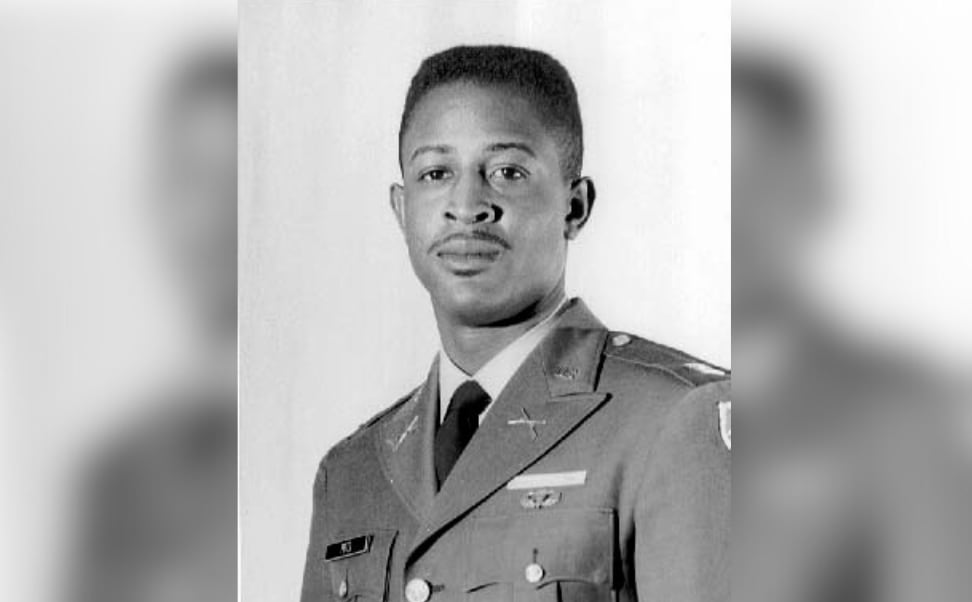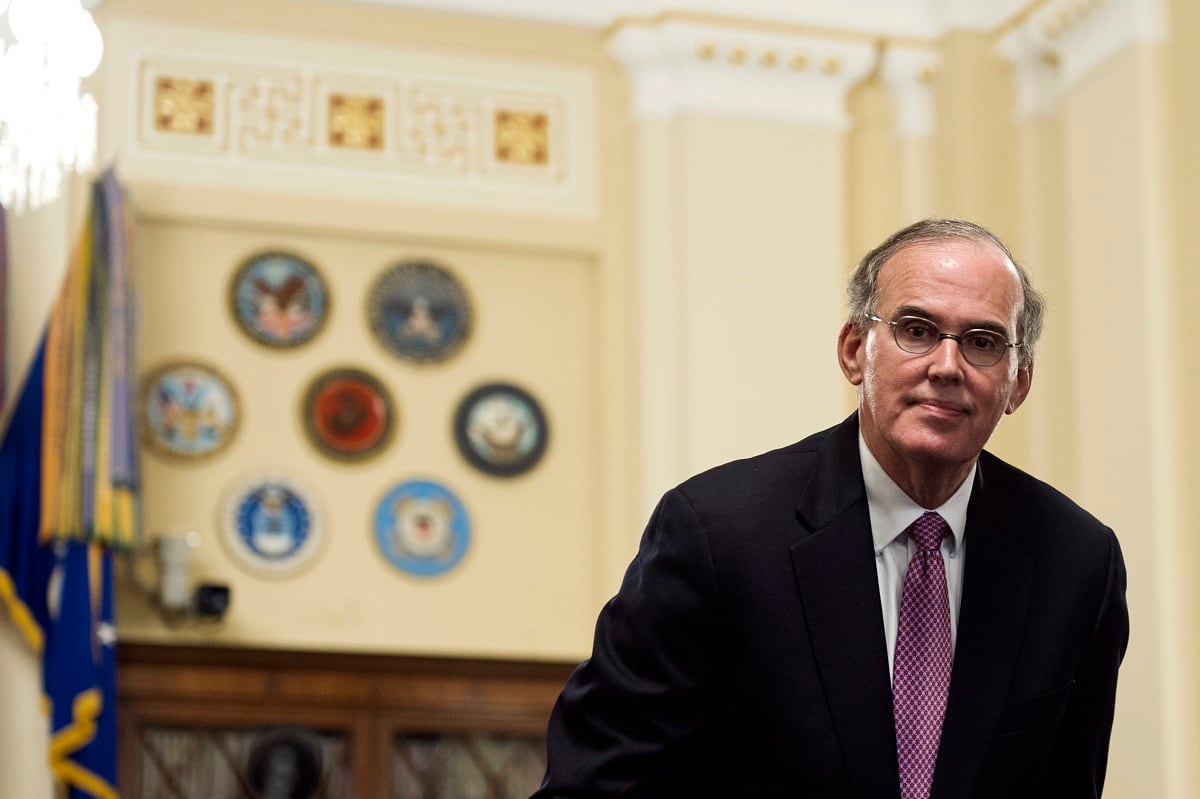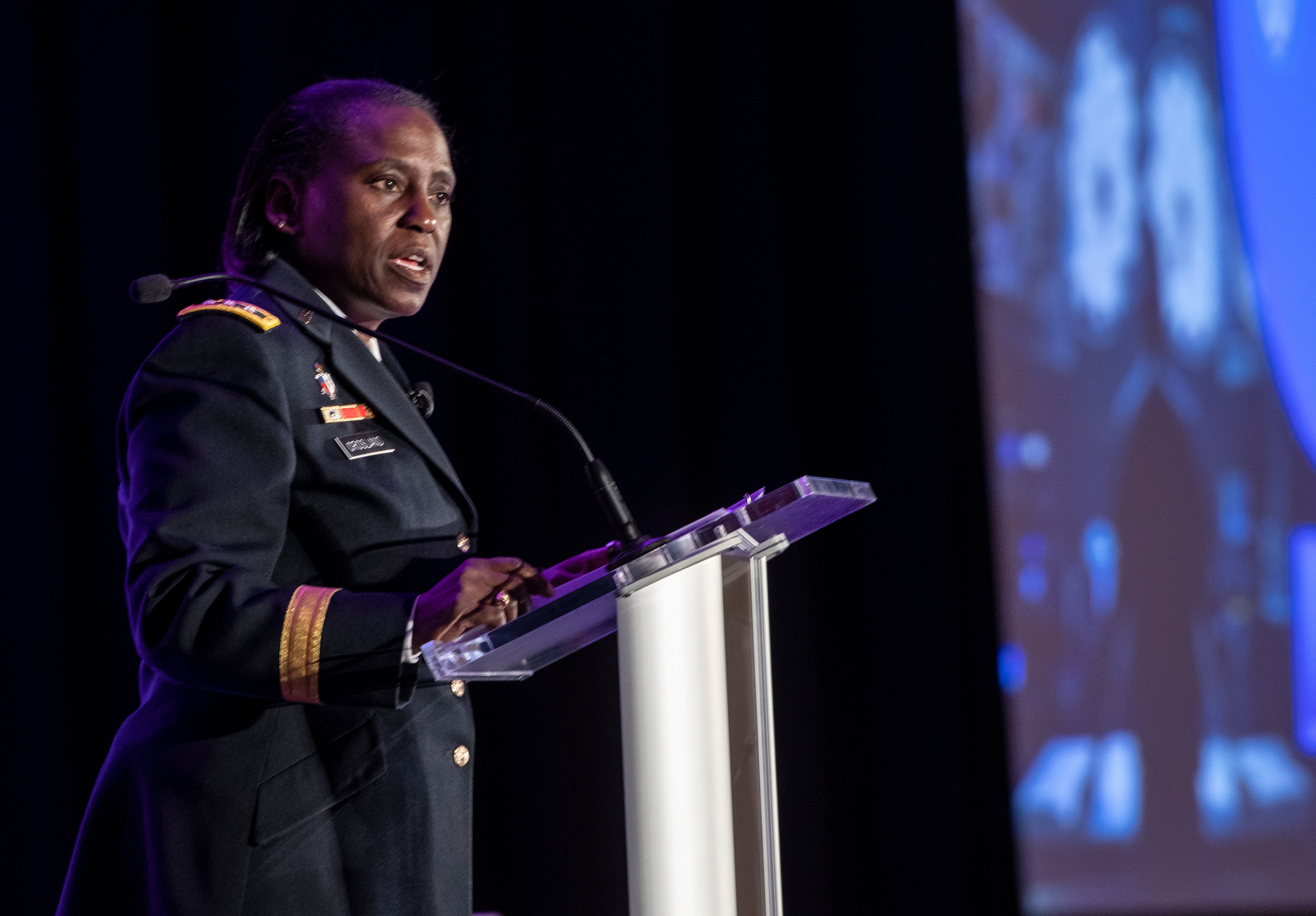The Air Force is re-examining, and could broaden, its standard height requirements for becoming a pilot as it seeks to encourage more airmen to pursue aviation careers.
In a Thursday interview, Maj. Gen. Craig Wills, commander of the 19th Air Force, said the Air Force is also trying to get the message out to aspiring aviators that, even if they’re a little taller or a little shorter than the height requirements, that doesn’t necessarily doom their chances for becoming a pilot. The Air Force often grants height, or anthropometric, waivers to allow pilots to fly some aircraft, Wills said, and they shouldn’t be immediately discouraged if they fall outside the standard pilot height requirement of between 5-foot-4 and 6-foot-5 when standing.
“Nobody is turned away because they’re below five-foot-four,” Wills said. “The message now is, if you want to fly, no matter how tall you are, apply. You may or may not fit, but let us make that decision. Don’t self-eliminate because you’re worried that you may not make it into the right window.”
While the Air Force is generous with its height waivers and tries to find something that shorter or taller airmen could fly, the service also wants to make sure its universal standard is not too restrictive. Wills said he hopes that, sometime next year, its height standard review will be complete and the Air Force will make a decision on whether to broaden it or not.
“We’re going back to make sure that we’ve got the numbers correct,” Wills said.
The Air Force in recent years has focused on improving its diversity to ensure people from a wide variety of backgrounds are able to offer their unique perspectives and help the service find new ways to solve problems. At the same time, the service has been struggling to correct a shortfall of roughly 2,000 pilots, and it wants to broaden the pool of potential pilot candidates, partly by encouraging more women to apply.
But, considering that 43.5 percent of American women between the ages of 20 to 29 are 5-foot-4 or less, Wills said, that means a large portion of potential aviators are told right off the bat they are technically out of the running. They may not realize that it doesn’t have to be the end of the story.
“There’s an expression in the military — there’s a waiver for just about everything,” Wills said. “If our standard is five-foot-four, we’re excluding almost half of a possible recruiting pool to come do this thing that we love. So we’re trying to make sure that everybody knows that there’s potential opportunity, and we don’t want to unnecessarily restrict ourselves from some of the best talent in America.”
Most people who try to obtain a waiver are successful. Since 2015, the Air Force has approved 87 percent of the 223 waiver requests it processed. Wills said every person he’s seen receive a waiver this summer would still be able to fly both the F-35 and F-22.
Wills himself knows how distressing height concerns can be when someone wants to be a pilot. He’s 6-foot-4 now, but was a little taller when he sought to enter pilot training in 1988, and was then particularly worried that his sitting height would be slightly over the limit.
“I’m vertically challenged in the other direction,” Wills said.
The night before his physical, Wills slept upright in a chair to make sure his spine didn’t expand overnight. When he woke up, he filled a backpack with rocks and ran three miles, and then did jumping jacks right up until his test. It worked, he said, and he made it right under the limit.
RELATED
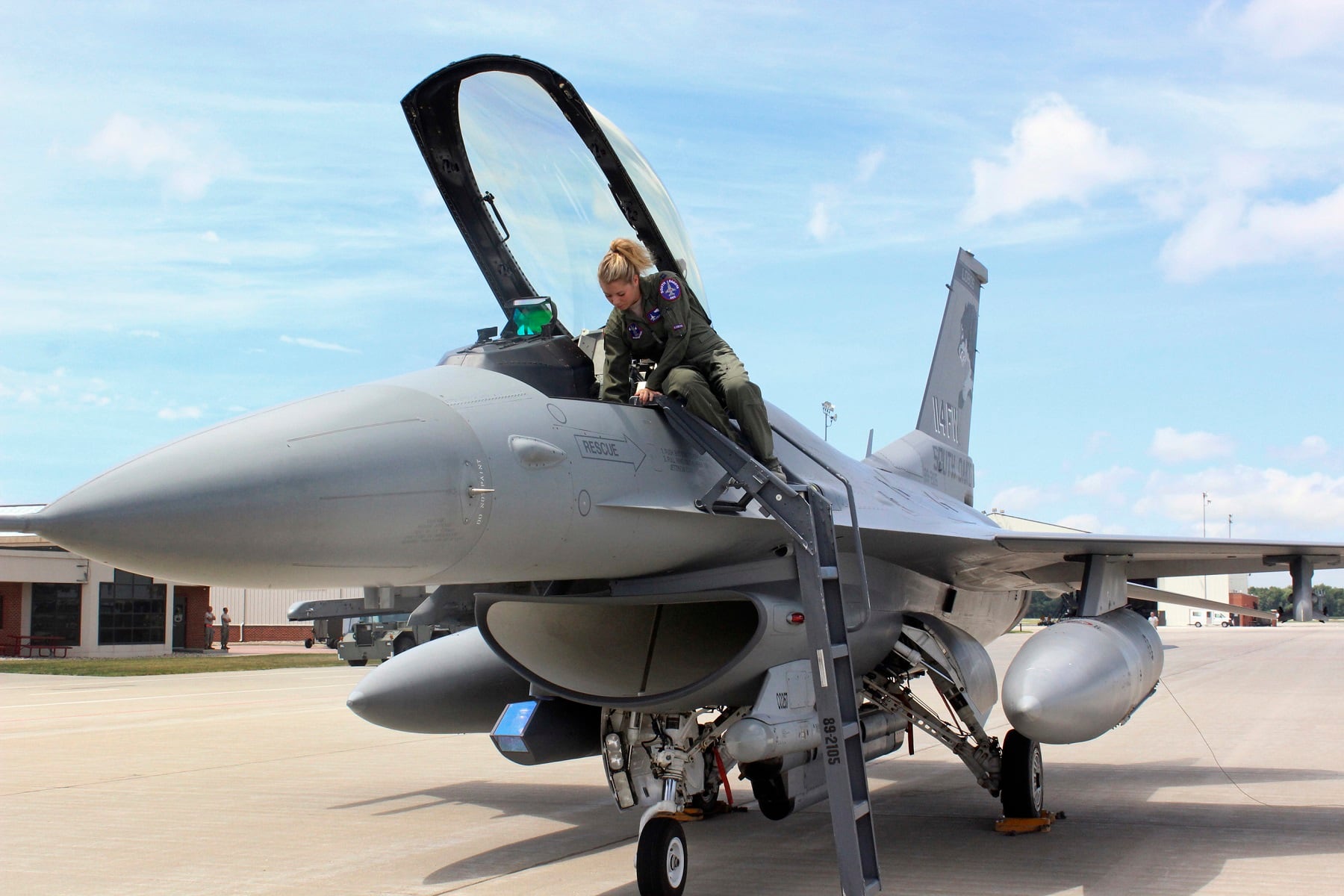
The reason the Air Force is so generous with its waivers is that while someone may be too tall or too short to fly every airplane, it’s likely they could still fly some airplanes. He pointed to former Dallas Cowboy Chad Hennings, a football standout at the Air Force Academy. The A-10′s domed canopy was tall enough to accommodate Hennings’ 6-foot-6 frame, even if he wouldn’t have been able to safely fit into many other air frames, and he flew the Warthog during Operation Provide Comfort, the mission to safeguard Kurds in northern Iraq.
Aspiring aviators who fall out of the standard height range are automatically placed into the height waiver process, Wills said. Their anthropometric measurements — which also include eye height while sitting, buttocks-to-knee length, and arm span in addition to standing height — are entered into a computer, which then says which planes they could safely fit into and which they could not.
Part of the issue is that many of the Air Force’s aircraft were built 50 or 60 years ago, when women were not allowed to fly in the service. So their cockpits were not built with women in mind.
For example, the T-37 “Tweety Bird” trainer — which for years was the Air Force’s primary trainer — was built in the 1950s, and shorter pilots had a hard time reaching its rudder pedals with their feet. When the T-6 Texan was designed to replace the Tweety Bird, Wills said, it was designed to accommodate a wider range of heights. The T-7A Red Hawk, which will replace the older T-38 trainer, is similarly being designed to handle pilots of different heights.
The variety of measurements is important, Wills said. For example, he said, someone with an exceptionally long buttocks-to-knee length could find their knees connecting with the plane if they had to eject, putting them at risk of injury or even death. The Air Force also has to make sure someone can see over the instruments while sitting, he said.
“Every airplane and every person is just a little bit different,” he said.
Wills, who has been in charge of a large portion of flight training since he assumed command of the 19th in June, said Chief of Staff Gen. Dave Goldfein challenged Air Force leaders to find ways to improve diversity, particularly in the rated career fields.
At the same time, Maj. Gen. Jeannie Leavitt — the Air Force’s first female fighter pilot and current head of the Air Force Recruiting Service — kept hearing from women that height concerns were a persistent hindrance when they were trying to become pilots.
Wills said it became clear that the waiver process was, by and large, pretty solid — but that the message that waivers exist wasn’t getting out there. One tweak the Air Force has made, he said, was to update websites with information on pilot height standards to emphasize that specifications vary by aircraft, and that applicants outside of the overall standard may require special screening — but could still end up in the cockpit.
“Don’t let a number on a website discourage you from pursuing a career” as an Air Force pilot, Wills said.
Stephen Losey is the air warfare reporter for Defense News. He previously covered leadership and personnel issues at Air Force Times, and the Pentagon, special operations and air warfare at Military.com. He has traveled to the Middle East to cover U.S. Air Force operations.



